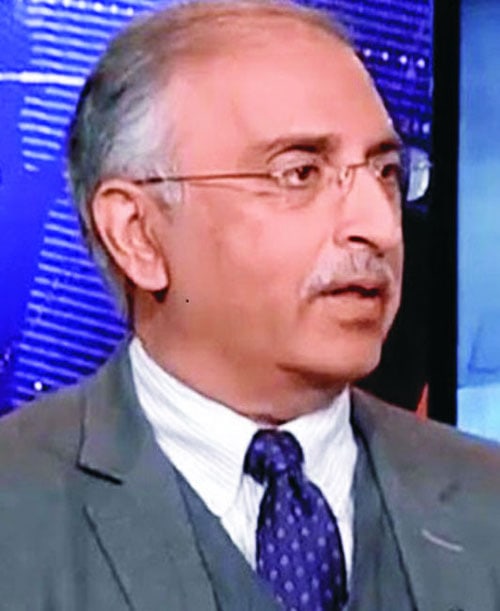China has been among the planet’s fastest growing economies.
Under the ‘Western democratic’ model, leaders are chosen based on their popularity and their ability to win elections. The ‘Western democratic’ model has an element of ‘showmanship’ built into it.
The ‘Western democratic model, at times, goes through an ‘elect-and-reject cycle’-Trump was elected, he did his damage and then he was rejected.
Under ‘The China Model’, leaders are chosen on the basis of their performance-not their ability to win elections.
‘The China Model’ is all about on-the-ground accomplishments-not just showmanship. ‘The China Model’ is all about ‘tried-and-tested’ as opposed to ‘elect-and-reject’.
Under the ‘Western democratic’ model, Pakistan’s GDP per capita went from $371 in 1990 to $1,284 in 2019.
Under ‘The China Model’, China’s GDP per capita went from $317 in 1990 to $10,261 in 2019. Imagine; in 1990 China’s GDP per capita was lower than Pakistan’s.
Under ‘The China Model’ all top leaders have successfully run provinces or province-level municipalities.
China chooses its leaders based on five key criteria: poverty eradication, job creation, local economic growth, environmental protection, and social development.
Imagine; China’s leaders “lifted 850 million people out of poverty with the percentage of people living in extreme poverty falling from 88 percent to 1.85 percent.” Pakistan has the Election Commission of Pakistan (ECP).
Pakistan also has the Political Parties Act, the Electoral Rolls Act, the Representation of the People Rules, and the Delimitation of Constituencies Act.
Pakistan has had 11 general elections over the past 48 years. In the 80s, Pakistan’s GDP growth rate averaged at 4 percent.
China has the Election Law of People’s Congresses under which there are direct elections at the county level and indirect elections both at the provincial and at the federal level.
The most important aspect of China’s elections is Meritocracy across the whole political spectrum.
China has been among the planet’s fastest-growing economies which grew by a factor of 19.3 percent in 1970 and an average growth rate of 9.5 percent through the 80s.
Pakistan’s constitution has a ‘separation of powers between the three branches of the government-the executive, the legislature, and the judiciary.
China’s constitution has no ‘separation of powers’ whereby all the three branches of the government have just one goal: equitable economic growth.
Pakistan’s democracy is exclusionary where there are high barriers-lineage and money-to-political entry.
China’s democracy is inclusionary with 83 million members of the Chinese Communist Party, 650,000 Villagers’ Committees, and 300,000 participants in the People’s Political Consultative Conference.
China’s political stability gave China economic growth-economic growth that has no precedence in human history.
Political stability in Singapore, South Korea, and Malaysia did a similar miracle for Singaporeans, South Koreans, and Malaysians.
We must admit that ‘The Pakistan Model’ has given us nothing more than serious political instability.
We must admit that ‘The Pakistan Model’ is not doing what it is supposed to do-lift Pakistanis out of poverty.
We must admit that Pakistan’s democracy is nothing but a ‘procedural democracy’. We need a model that delivers. We need political stability.
We need ‘substantive democracy’ that produces two things: political stability and rapid economic growth.
Pakistan’s future depends on the leader we choose. Why do nations fail? James Robinson and Daron Acemoglu wrote a 546-page book titled ‘Why Nations Fail’ to answer that question.
The authors tell voters to focus on three leadership qualities: greed, selfishness, and knowledge of history.
Are our leaders greedy? Are our leaders selfish? How well do our leaders know history?
Xi Jinping, General Secretary of the Chinese Communist Party and President of the People’s Republic of China has put forward ‘Xi Jinping Thought on Socialism with Chinese characteristics for a New Era’.
These are a ‘set of policies and ideals’ with two goals: to make China a ‘moderately prosperous society by 2035’ and to make China a ‘great modern socialist society by 2050’.
We need something similar to China’s ShangShangCe’, the best of the best option-not Churchill’s worst form of government’. We need something that is tailor-made for our needs.
If the economic wellbeing of the citizens was the only measure then China’s ShangShangCe, the best of the best option, has managed to beat all other models known to mankind.









